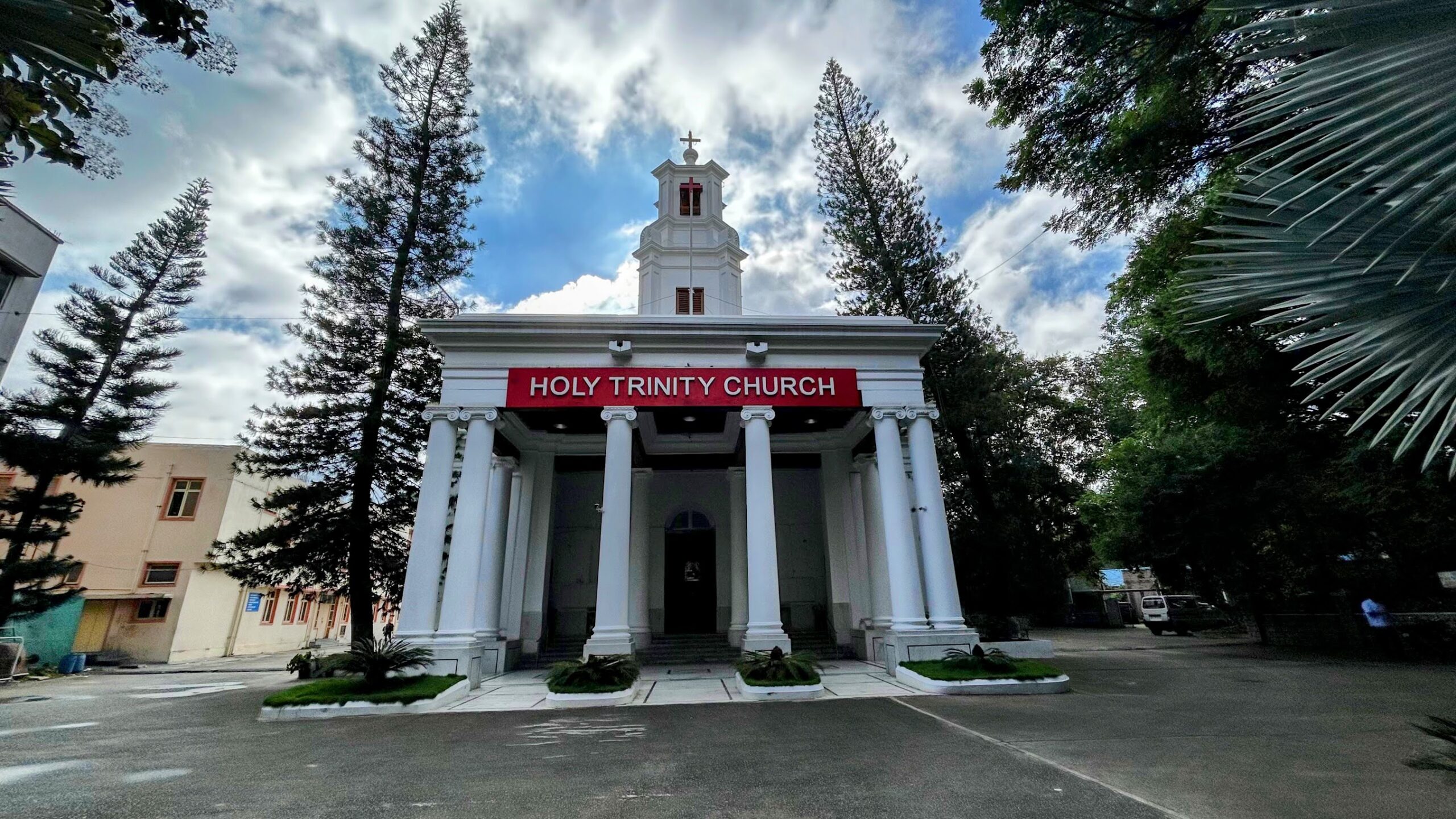
Holy Trinity Church Bangalore – Where Churchill Prayed
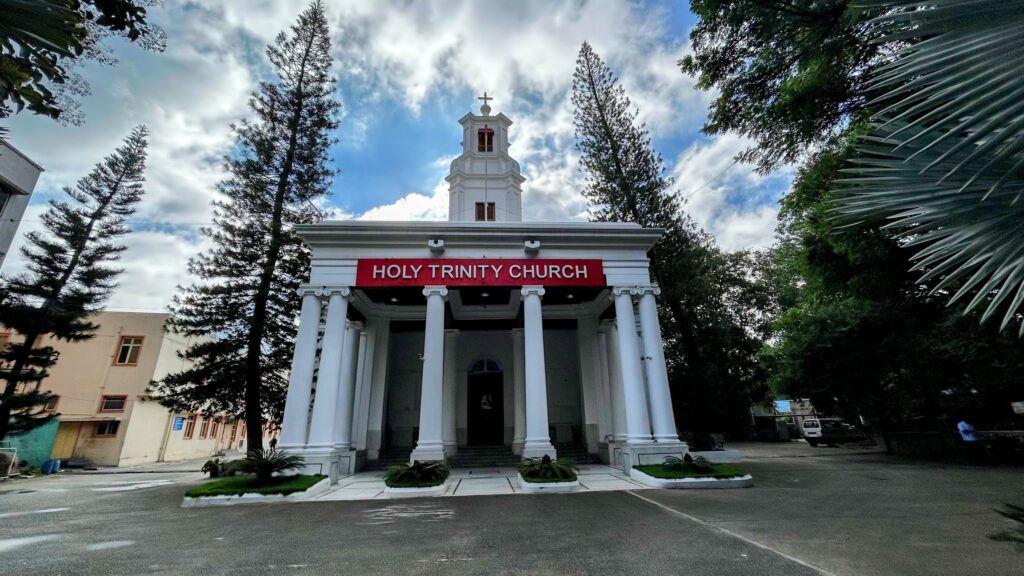
When one thinks of Bengaluru, the image of India’s Silicon Valley often comes to mind. However, hidden beneath the bustling tech hub is a rich British colonial history waiting to be uncovered. In 2008, I had the privilege of discovering this historical treasure trove with the help of Mr. Arun Pai, a dear friend and the face behind Bangalore Walks.
My journey into Bengaluru’s history began with fascinating walks guided by Mr. Arun Pai. It was during these walks that I learned about the city’s intriguing past, including its pivotal role during the British colonial era.
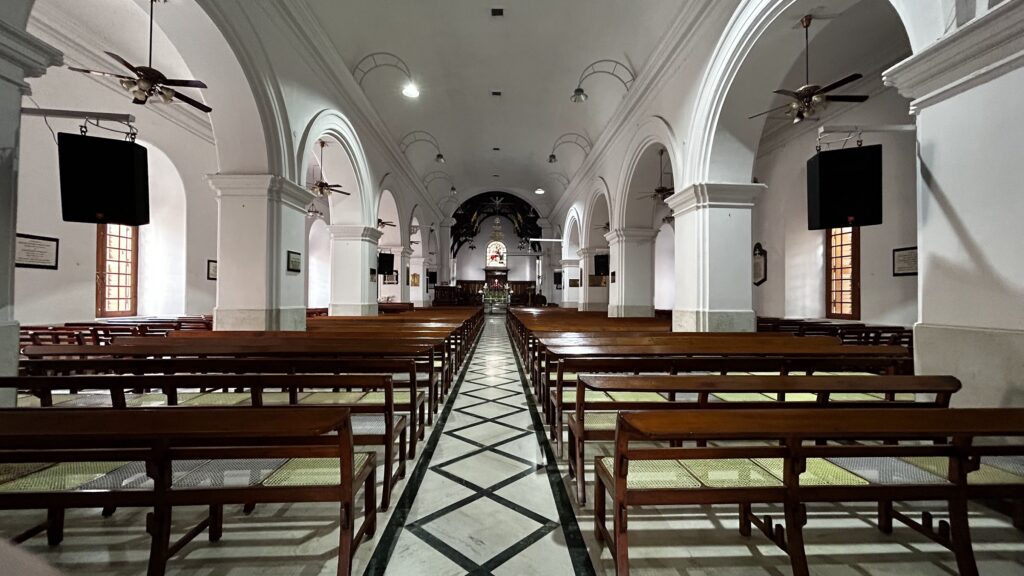
During a time when the British faced resistance from Indian freedom fighters, they made a significant decision—to establish their military capital in Bengaluru. In 1852, the iconic Holy Trinity Church was erected, marking a historic milestone in the city’s development. This church played a crucial role in shaping history. It was here that Cornwallis, whose military career had been tarnished during the American War of Independence, found redemption by leading British forces to victory over Tipu Sultan in the third Anglo-Mysore War.

Notably, young Winston Churchill, stationed in Bengaluru at the time, would frequent this church alongside his fellow soldiers. The church, constructed by and for the military, took four years to complete and was inaugurated on August 8, 1852. As you explore the church, take a closer look at the walls adorned with tablets and statues commemorating military leaders of that era. The stunning stained-glass window was imported from England, and the cross was a gift from Queen Victoria’s regiment, honoring those who lost their lives while stationed in Bangalore. Sadly, the view of the Queen’s statue at the other end of MG Road is now obstructed by the metro.
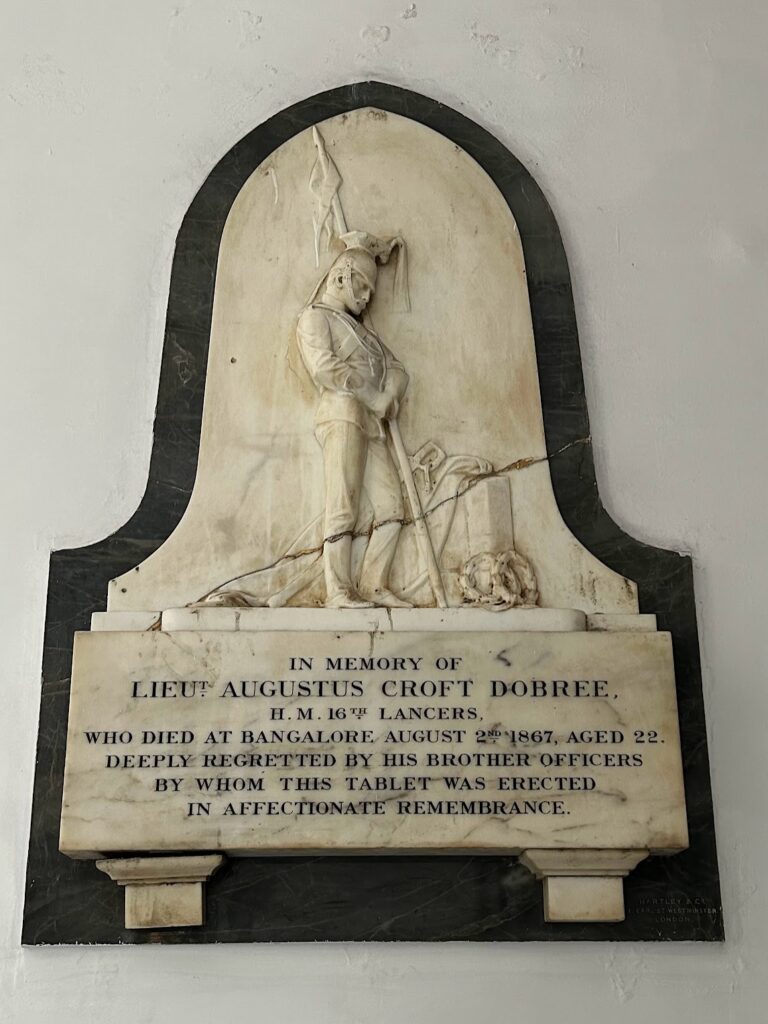

Wandering through the church, you’ll discover various plaques that transport you back in time. One such plaque details the significant engagements involving the British Army based in Bangalore between 1896 and 1899.
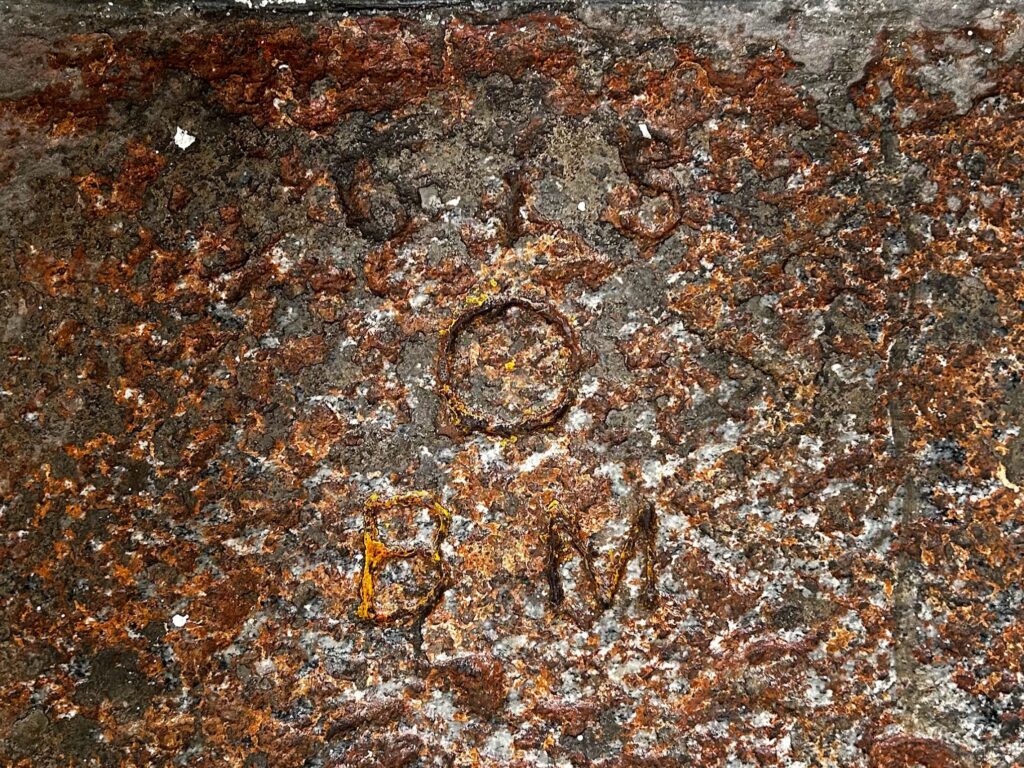
Before you leave, be sure to examine the church’s steps closely, where you’ll find the letters “BM” carved into the stone. These markings harken back to the 19th Century Trigonometric Survey of India, a monumental undertaking that came at a high human cost. The Great Trigonometrical Survey, initiated in 1802 by the East India Company, aimed to meticulously map the entire Indian subcontinent. George Everest led the project, later succeeded by Andrew Scott Waugh, who oversaw its completion in 1871.
To fully appreciate the serenity of Holy Trinity Church, I recommend visiting in the tranquil morning hours on a weekday. As you step inside this historical gem, you’ll not only find solace but also a profound connection to Bengaluru’s fascinating colonial past.
